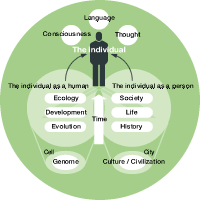|
|
 |
 |
 |
 |
Dialogue - Making the concept of Biohistory more concrete through dialogue
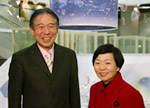


What is RNA?
An ageless worker with information and a function
RESEARCH 01 -Biohistory through the latest research
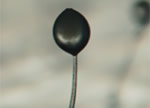


A backstage look at becoming multicellular using cellular slime molds
RESEARCH 02 -Biohistory through the latest research
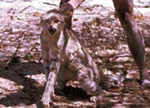


Lions as a symbol of other
Scientist Library -Biohistory through people
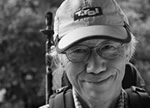


Looking at plants, asking plants
The connection between all living creatures
Keiko Nakamura
From molecules to human beings, the things that affect living creatures are all in the connections. In that regard, we took up and discussed RNA. Though the DNA - RNA - protein sequence is described in all textbooks, RNA has been given less weight, almost as if it were a mid-level management position. More attention has been focused on RNA recently, however, because it is now understood that is has a dual role. It carries information, as does DNA, and it functions as a protein, which means that it is an integral part of all living creatures. This is not a rebuke of Yoshikazu NakamuraÅ\I'm just stressing the fascination in RNA research.In Research, we see that the cellular slime molds for unicellular organisms are attracting attention. They sometimes exhibit a process of becoming multicellular in conjunction with changes into the shape of a slug or mushroom. Behind the scenes, we see the functioning of the genome. Gwi, who lives the life of a hunter, creates order by giving the lion the important role of the powerful other, while maintaining a feeling of oneness with animals. Cells and seeds-we see the importance of their mutual connection. In Scientist Library, Hiroh Shibaoka investigates the plant physiology while keeping alive a question from his childhood, based on the Japanese name for the plant: Does a sunflower really turn with the sun? It is a perfect illustration of the technique of "asking the plants".
| << Back | Next >> |
